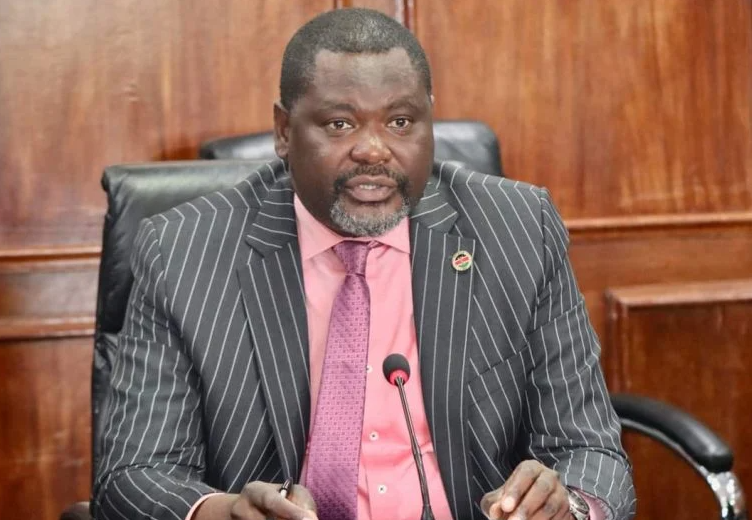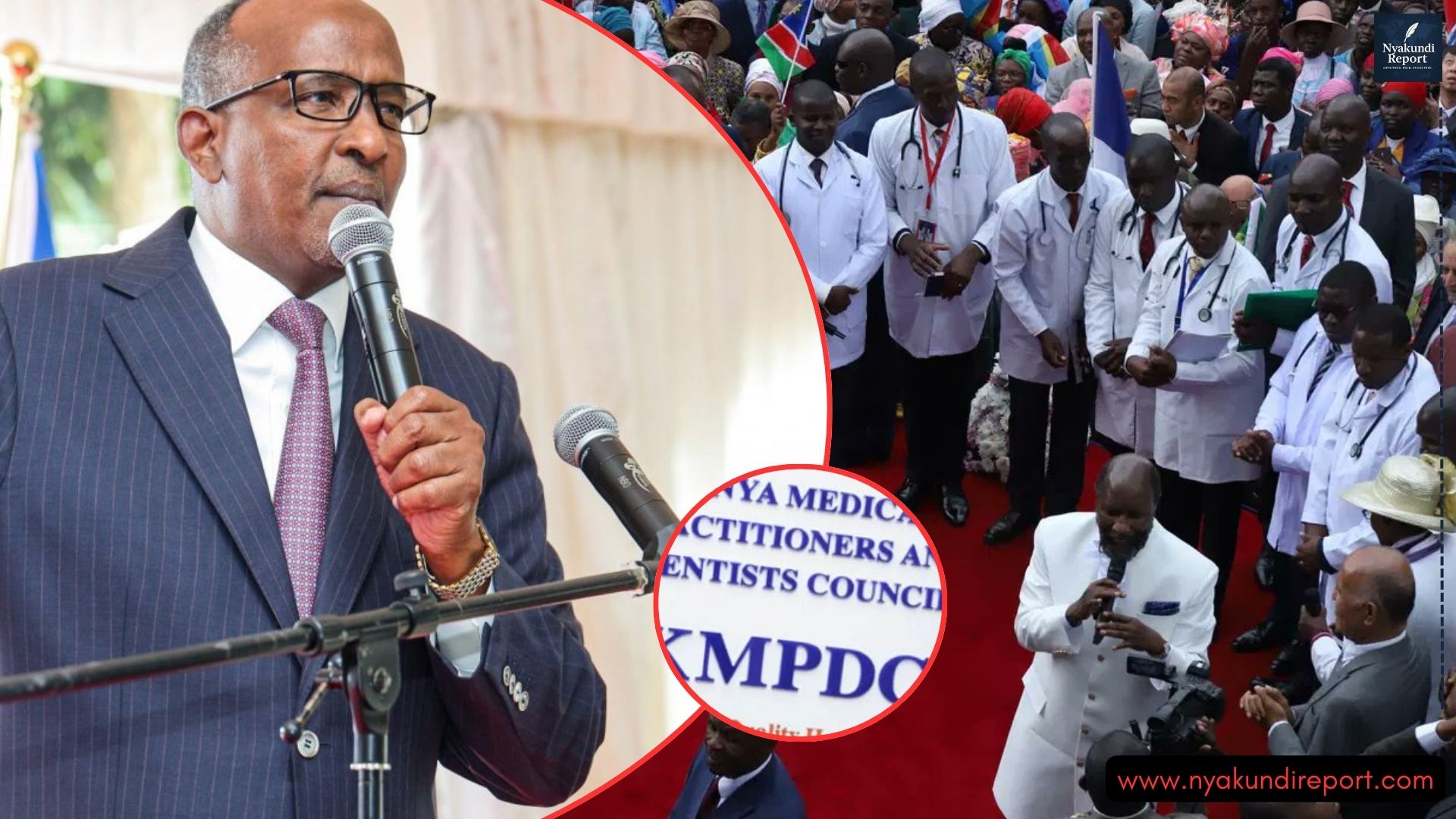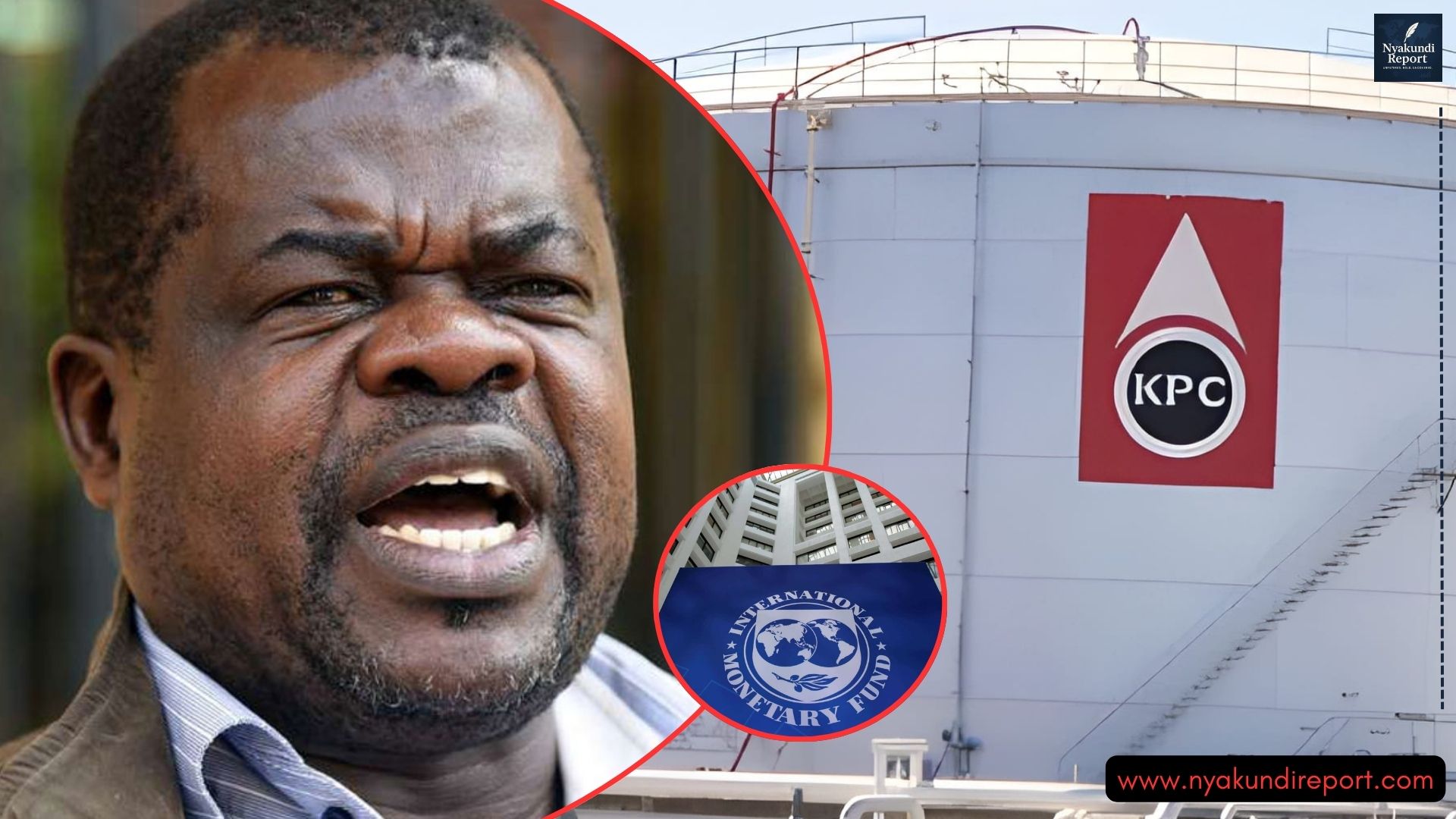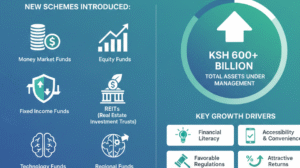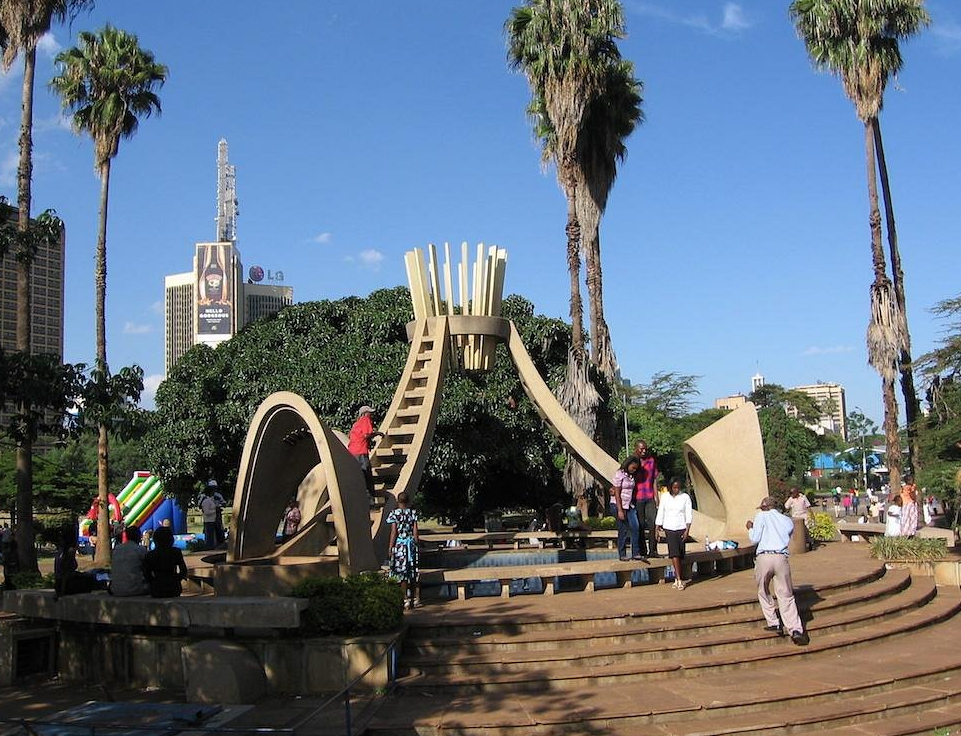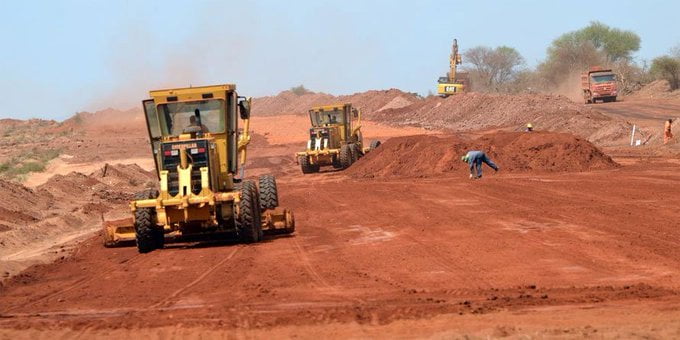Kenya’s Controller of Budget (CoB), Dr. Margaret Nyakang’o, has released a budget implementation review report.
That exposes significant gaps in development spending among county governments for the first nine months of the 2024/2025 financial year.
The findings highlight a worrying trend of counties prioritizing recurrent expenditure at the expense of crucial development initiatives.

Total County Expenditure: Development vs Recurrent
According to the CoB report, the 47 county governments collectively spent KSh 286.49 billion between July 2024 and March 2025.
However, only KSh 56.87 billion—equivalent to 20%—was directed toward development programs.
The remaining KSh 229.62 billion (80%) went to recurrent expenditure, including salaries, allowances, and operational costs.
The overall expenditure represented 48% of the annual county budget, a marginal decline from the 49% recorded over a similar period in the 2023/2024 fiscal year.
Counties with the Lowest Development Spending
While the total development absorption rate for the period improved to 26%—up from KSh 44.89 billion in 2023/2024—the performance varied widely across counties.
Dr. Nyakang’o singled out Kenya’s three major cities—Nairobi, Kisumu, and Nakuru—as having the lowest development budget absorption rates.
With the following counties performing worst:
Nairobi: 17%
Embu: 16%
Taita Taveta: 14%
Lamu: 13%
Nakuru: 10%
Kisumu: 10%
These figures underscore the widening gap between planned and actual development investment in some of the most urbanized and economically strategic counties.
Counties with the Highest Development Spending
On the brighter side, a few counties recorded strong performance in utilizing their development budgets.
These include:
Busia: 45%
Garissa: 41%
Mandera: 41%
Narok: 39%
Siaya: 36%
Nandi: 36%
These counties demonstrated a commitment to improving infrastructure, health, education, and public service delivery through sustained investment in development projects.
Total Budget Absorption Rates – Best and Worst Performers
Looking at overall budget absorption (both recurrent and development), the following counties posted the highest utilization of their authorized budgets:
Narok: 67%
Nandi: 58%
Kitui: 57%
Machakos: 55%
Busia: 55%
Nyeri: 54%
Conversely, some counties lagged behind, with Garissa (40%), Kilifi (39%), Kisumu (38%), Kisii (38%), Embu (38%), and Nakuru (36%) recording the lowest overall budget absorption rates.
Outstanding Pending Bills
The report also revealed that counties had accumulated KSh 172.51 billion in unpaid bills as of March 2025. Of this amount:
KSh 32.63 billion was related to development activities
KSh 139.88 billion was tied to recurrent expenses
This backlog in payments raises concerns about stalled projects and strained relationships with suppliers and contractors.
Zero Development Spending in Q1
An earlier quarterly review had raised alarm when 10 counties, including Nairobi, Lamu, and Kajiado.
Failed to spend any funds on development activities in the first quarter of the financial year.
During that period, just KSh 6.71 billion was spent on development nationwide—only 3% of the total spending.
A stark underperformance considering the legal requirement for counties to allocate at least 30% of their budgets to development.
The top-performing counties for Q1 development spending were:
Kirinyaga: 12%
Busia: 12%
Siaya: 10%
Garissa: 10%
A Call for Accountability
The CoB’s report is a wake-up call to county governments to prioritize service delivery and infrastructure development.
While some counties are making progress, others continue to underperform, raising concerns about mismanagement, delayed procurement processes, and failure to implement approved projects.
Unless counties take bold steps to improve planning, disbursement, and project implementation, many citizens will continue to face service delivery gaps despite the devolution promise.
ALSO READ: Why Stablecoins Are Gaining Popularity: The Future of Digital Currency










